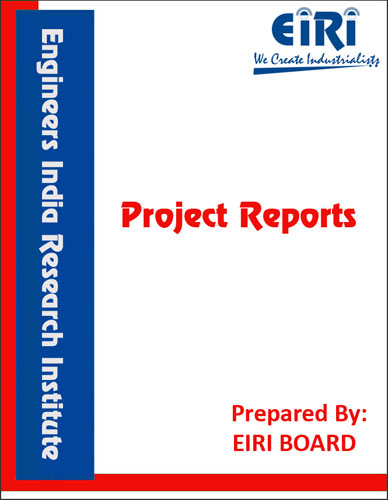RAMMING MASS
The project report includes Present Market Position and Expected Future Demand, Market Size, Statistics, Trends, SWOT Analysis and Forecasts. Report provides a comprehensive analysis from industry covering detailed reporting and evaluates the position of the industry by providing insights to the SWOT analysis of the industry.
We can prepare PROJECT REPORT as per your INVESTMENT PLAN for BANK LOAN REQUIREMENT and INDUSTRY ANALYSIS. All reports are prepared by highly qualified consultants and verified by a panel of experts.
Have Query? Click Here to Chat
Industry Expert is Online, Chat with him for more detail.

Sand is a modification of hand-moulding techniques. The shape is built up gradually by placing successive layers of material in a mould and tamping each layer with pneumatic tools as it is added. Remaining is used to form intricate shapes and ware that it for large to be formed by other methods. Silica ramming mass is the product of silica, Quartz, aluminium oxide, calcium oxide, but there is no iron in the mass. Ramming mass is used for to give the force into any body or other material etc.
Silicon oxide (SiO2), or silica, is an oxide of silicon commonly found in natural waters. Silica, although quite insoluble in natural water, may be fairly readily dissolved or occur as finely divided colloidal matter originating from silicate rocks. Waters passing through volcanic deposits may have silica concentrations on the order of 100 ppm or higher, although most natural waters have concentrations less tan 40 ppm.
From the stand point of portability and general water quality for domestic and municipal uses. Silica is not a significant constituent. It is however, undesirable in many industrial supplier, especially in boiler feed water. It forms very hard deposits on boiler tubes and, at high concentrations, tends to carry over with the steam and deposit on the turbine blading. As the operating pressure of the boiler increase the allowable silica concentration in the food water decreases.
Silica is generally reported as the oxide (SiO2) in concentration units. Since it is not in ionic form, it should not be reported in equivalent weight unit.
1.INTRODUCTION
2.PROPERTIES
3.USES OF THE SILICA RAMMING MASS
4.MARKET SURVEY
5.MANUFACTURING PROCESS
6.PROCESS FLOW DIAGRAM
7.PLANT LAYOUT
8.SUPPLIERS OF RAW MATERIALS
9.SUPPLIERS OF PLANT & MACHINERY
APPENDIX – A :
1. COST OF PLANT ECONOMICS
2. LAND & BUILDING
3. PLANT AND MACHINERY
4. FIXED CAPITAL INVESTMENT
5. RAW MATERIAL
6. SALARY AND WAGES
7. UTILITIES AND OVERHEADS
8. TOTAL WORKING CAPITAL
9. COST OF PRODUCTION
10. PROFITABILITY ANALYSIS
11. BREAK EVEN POINT
12. RESOURCES OF FINANCE
13. INTEREST CHART
14. DEPRECIATION CHART
15. CASH FLOW STATEMENT
16. PROJECTED BALANCE SHEET



